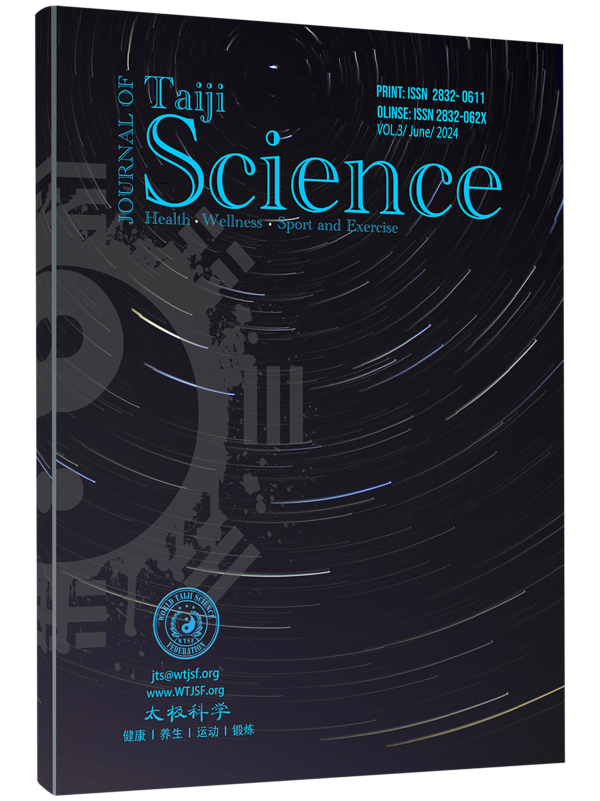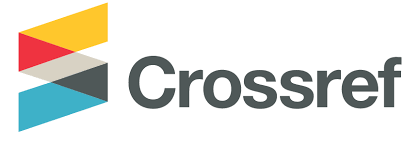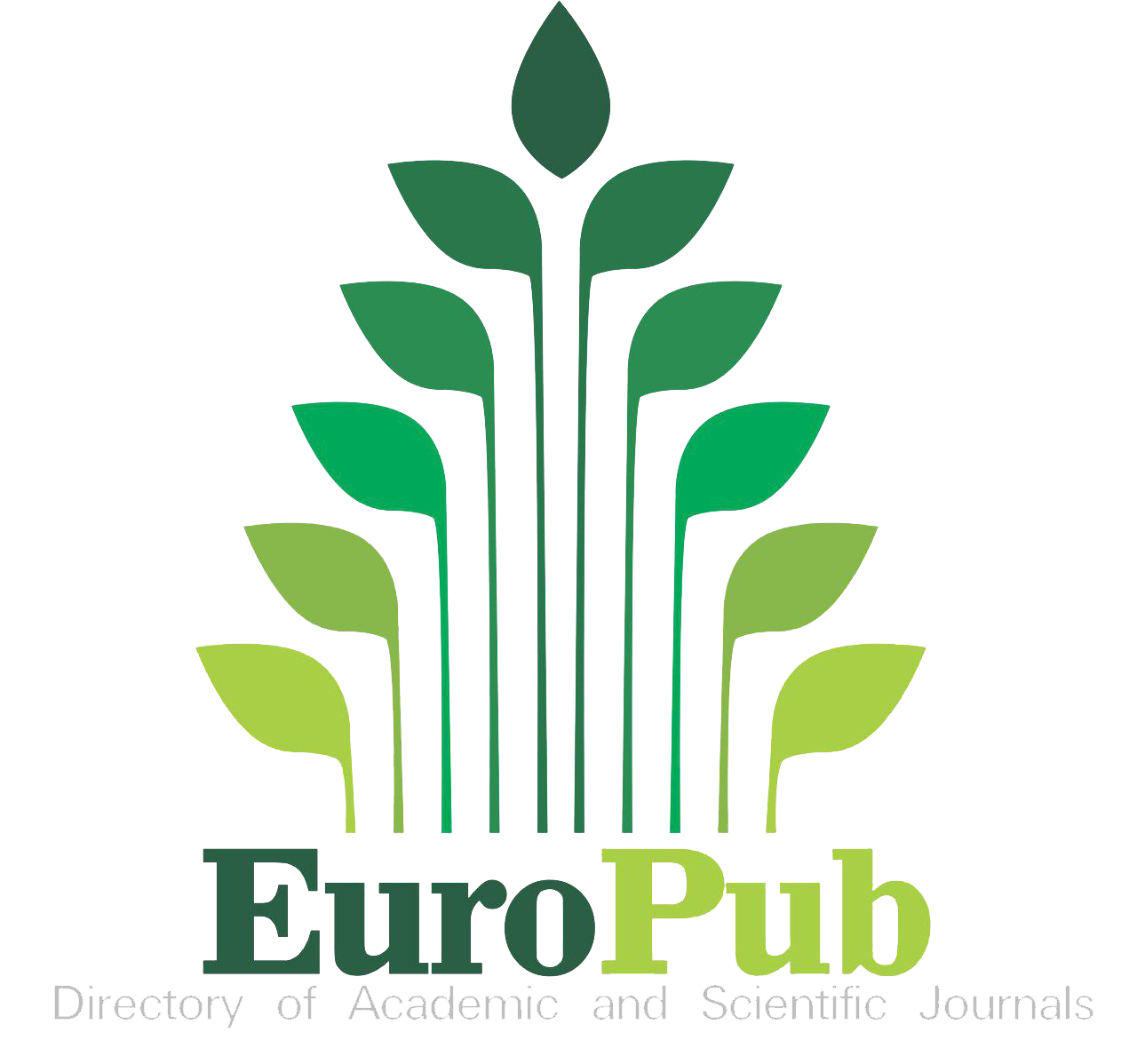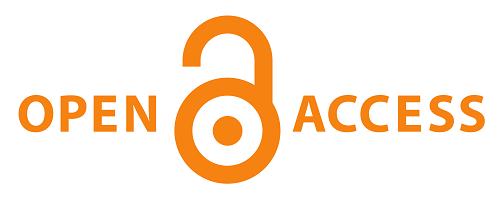Comparison of the Effects of HIIT and MICT on Weight Loss in Female College Students: A Meta-Analysis
DOI:
https://doi.org/10.57612/JS24.JTS.03.04Palabras clave:
Female College Students, Weight Loss, HIIT, Randomized Controlled Trials, MICTResumen
High-Intensity Interval Training (HIIT) and Moderate-Intensity Continuous Training (MICT) have been widely studied for their effects on weight loss. Randomized controlled trials (RCTs) investigating the interventions of HIIT and MICT on overweight female college students were retrieved from PubMed, The Cochrane Library, Web of Science, Scopus, CNKI, and Wanfang databases up to September 1, 2023. According to the inclusion criteria, a meta-analysis was conducted. The results showed that HIIT significantly reduced and improved body weight (MD = -0.99, 95% CI = -1.82 to -0.17, P < 0.05), BMI (MD = -0.40, 95% CI = -0.69 to -0.11, P < 0.05), body fat percentage (MD = -0.82, 95% CI = -1.15 to -0.49, P < 0.05), waist-to-hip ratio (MD = -0.01, 95% CI = -0.02 to -0.00, P < 0.05), and waist circumference (MD = -1.76, 95% CI = -3.13 to -0.39, P < 0.05) in overweight female college students. The effect on hip circumference (MD = -0.45, 95% CI = -1.77 to 0.86, P = 0.50) was not statistically significant. HIIT showed overall superiority to MICT in weight loss activities aimed at overweight female college students, especially in reducing body weight and body fat percentage. It is recommended that overweight female college students with weight loss needs prioritize HIIT interventions based on weight loss efficiency and time effectiveness, with a program lasting 12 weeks, 3 times per week, and 20–30 minutes per session.
Descargas
Descargas
Publicado
Número
Sección
Licencia
Derechos de autor 2024 Yun Haili, Si Hongyu (Author)

Esta obra está bajo una licencia internacional Creative Commons Atribución 4.0.
All articles are permanently available online to the public without restrictions or subscription fees. All articles are free to be used, cited, and distributed, on condition that appropriate acknowledgement is included. Authors are the copyright holders of their original contributions. The published article is simultaneously licensed under a Creative Commons (CC) Attribution License. “A CC license is used when an author wants to give people the right to share, use, and build upon a work that they have created” Wikipedia.

















